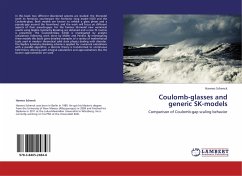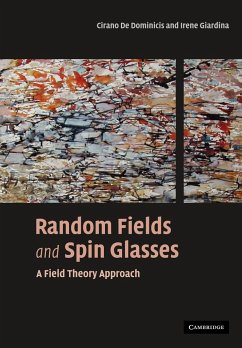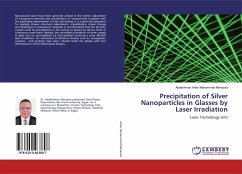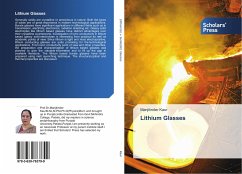
Coulomb-glasses and generic SK-models
Comparison of Coulomb-gap scaling behavior
Versandkostenfrei!
Versandfertig in 6-10 Tagen
32,99 €
inkl. MwSt.

PAYBACK Punkte
16 °P sammeln!
In this book two different disordered systems are studied: the SK-model (with its fermionic counterpart the fermionic Ising model ISGf) and the Coulomb-glass. Both models are known to exhibit a glass phase and a pseudo-gap around the Fermi-level, and the work will focus on different aspects of their pseudo-gaps. For the famous SK-model new numerical results using Replica Symmetry Breaking are obtained and a new fit routine is presented. The Coulomb-Glass (CbGl) is investigated by analytic calculations following work done by Müller and Pankov. By investigating these models this book gives deta...
In this book two different disordered systems are studied: the SK-model (with its fermionic counterpart the fermionic Ising model ISGf) and the Coulomb-glass. Both models are known to exhibit a glass phase and a pseudo-gap around the Fermi-level, and the work will focus on different aspects of their pseudo-gaps. For the famous SK-model new numerical results using Replica Symmetry Breaking are obtained and a new fit routine is presented. The Coulomb-Glass (CbGl) is investigated by analytic calculations following work done by Müller and Pankov. By investigating these models this book gives detailed examples of a variety of mathematical tools used in modern theoretical solid state physics dealing with disorder. The Replica Symmetry Breaking scheme is applied for numerical calculations with a parallel algorithm, a discrete theory is transformed to continuous field theory allowing path-integral calculations and approximations like the locator approximation are used.












